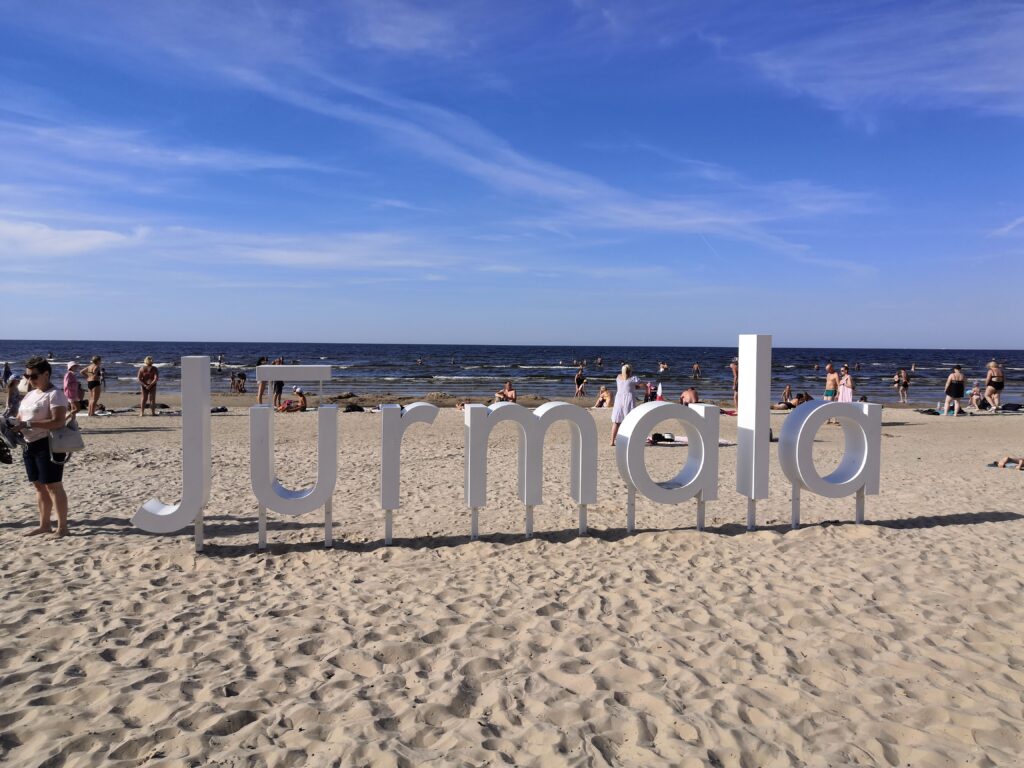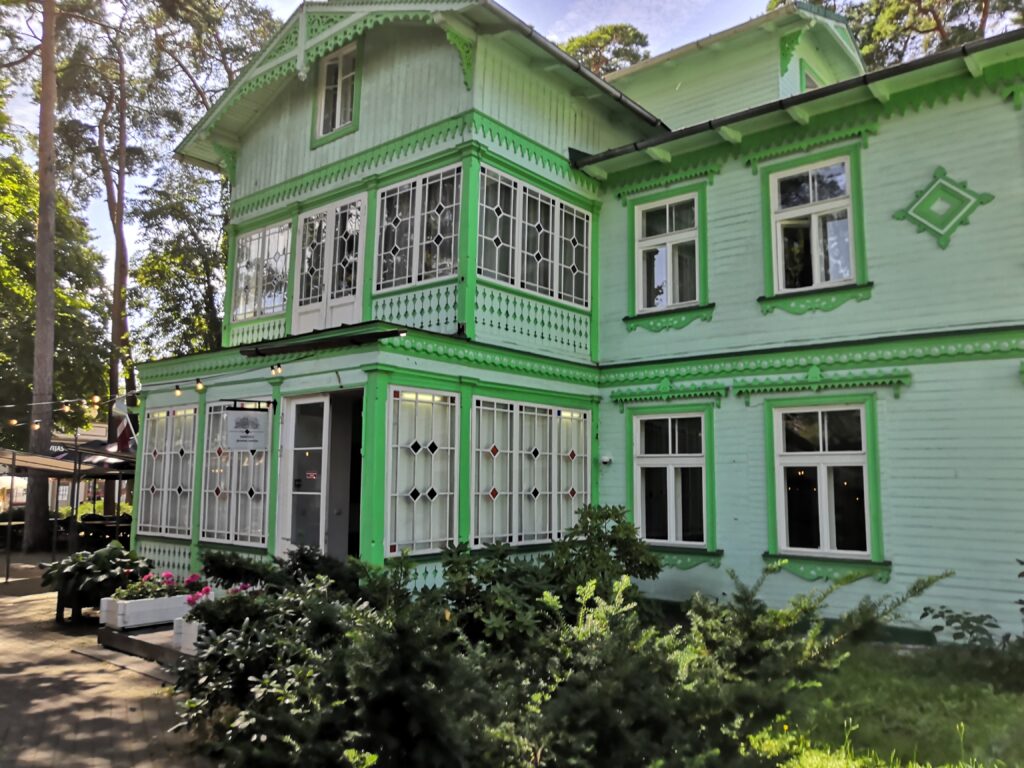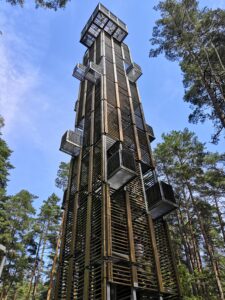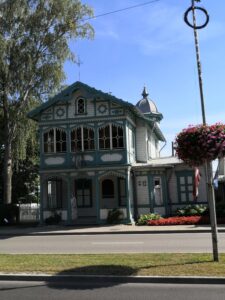Riga

Day 1
Next on the list is Riga, which became member of the Hanseatic League in 1282 which is just 81 years after its considered foundation by German Bishop Albert. To discover this beatuiful city and learn more about the UNESCO heritage in Riga I met Aigars Kušķis, who is repsonsible for questions regarding urban planning with respect to UNESCO heritage in the historic centre of Riga.
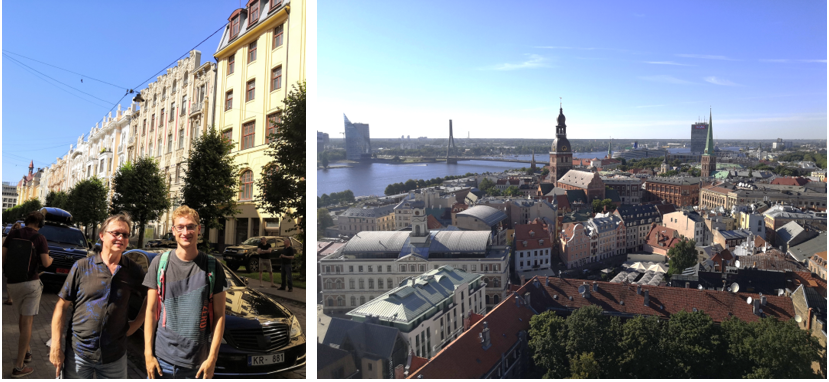
It was a pleasure to walk around with him as he knew interesting details and facts for every centimeter of his area of responsibility. As the best local tour guide which you can probably get he took me to places where I would never have expected world heritage: For instance, he showed me some rare remains of the original city wall in the cellar of a Hotel next to its Spa as well as one of the oldest coat of arms of the city in the courtyard behind the famous “three brothers”.
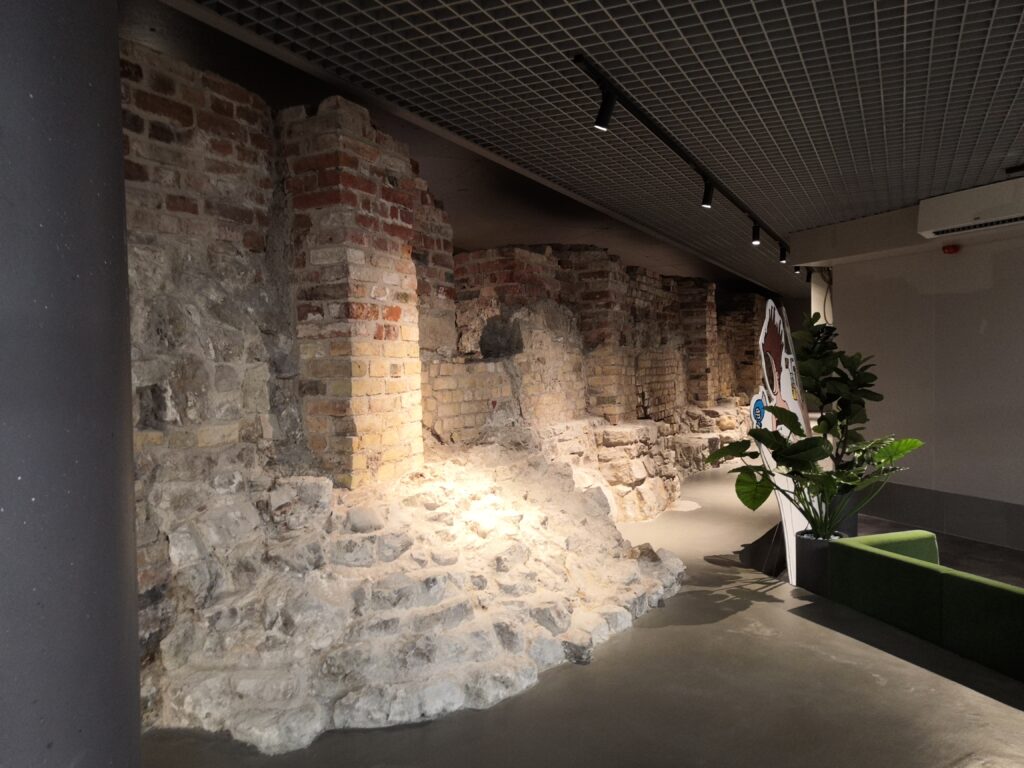
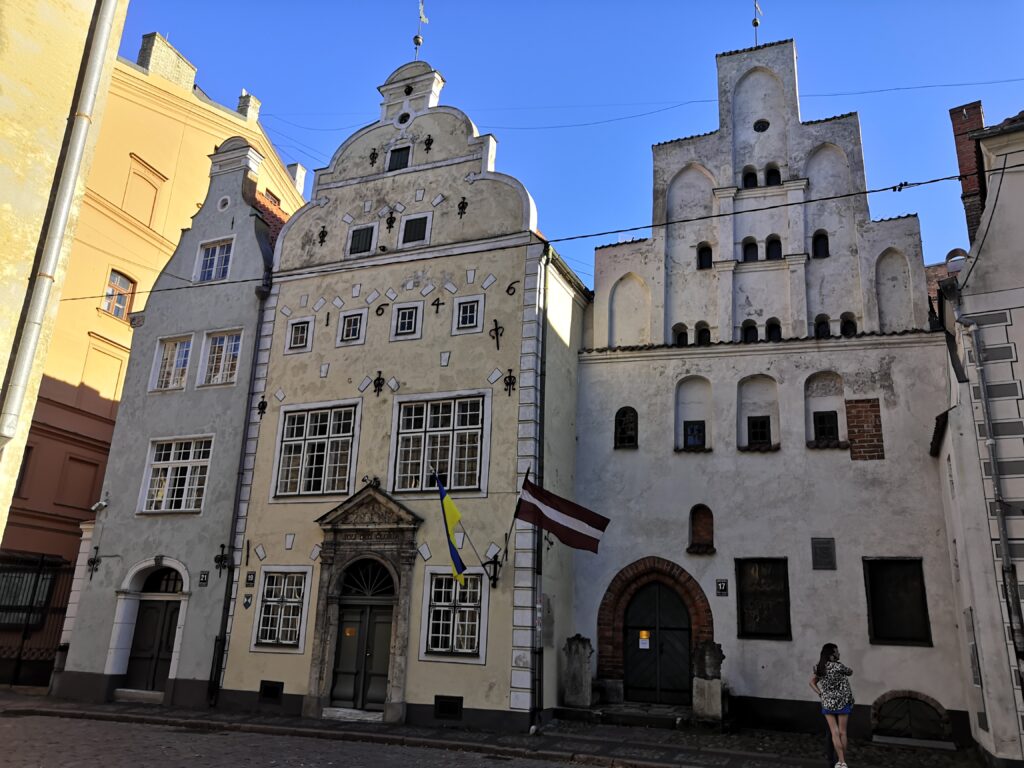
Aigars also drew my attention to where the course of the namesake Riege River can still be seen today and where houses were not rebuilt after bombings in World War 2. The tour ended in the newer part of the UNESCO core area: The art nouveau district which has one of the highest concentration of art noveau buildings worldwide. The facades offered a wide variety on various details to watch. Once again many thanks to Aigars for these fascinating insights!
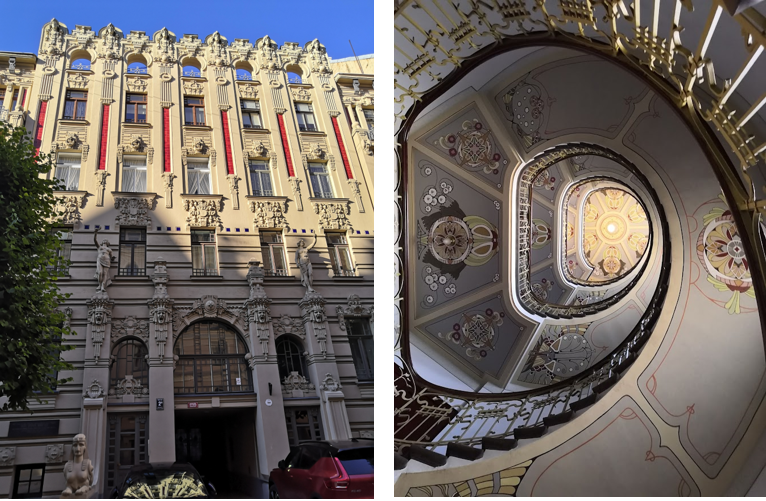
Day 2
To find out more about the connection between the city and trade I visited the House of the Black Heads which is situated on Riga’s main square. The Black Heads are an association of local unmarried male merchants, ship owners, and foreigners. Together with the large guild hall and the small guild hall, the House of the Black Heads impressively shows that the power in this city long emanated from merchants. Additionally, it also served also as gathering hall for the whole city of Riga and was rebuilt from 1996-1999 after it was demolished in WW 2. Today it is a museum and also served as work space for the Latvian President . Afterwards I visited the “Museum of Riga’s History and Navigation” which gave me interesting insights in the city’s changeful history that was always closely connected to trade and influenced by big foreign powers until Latvia became independant 1991.
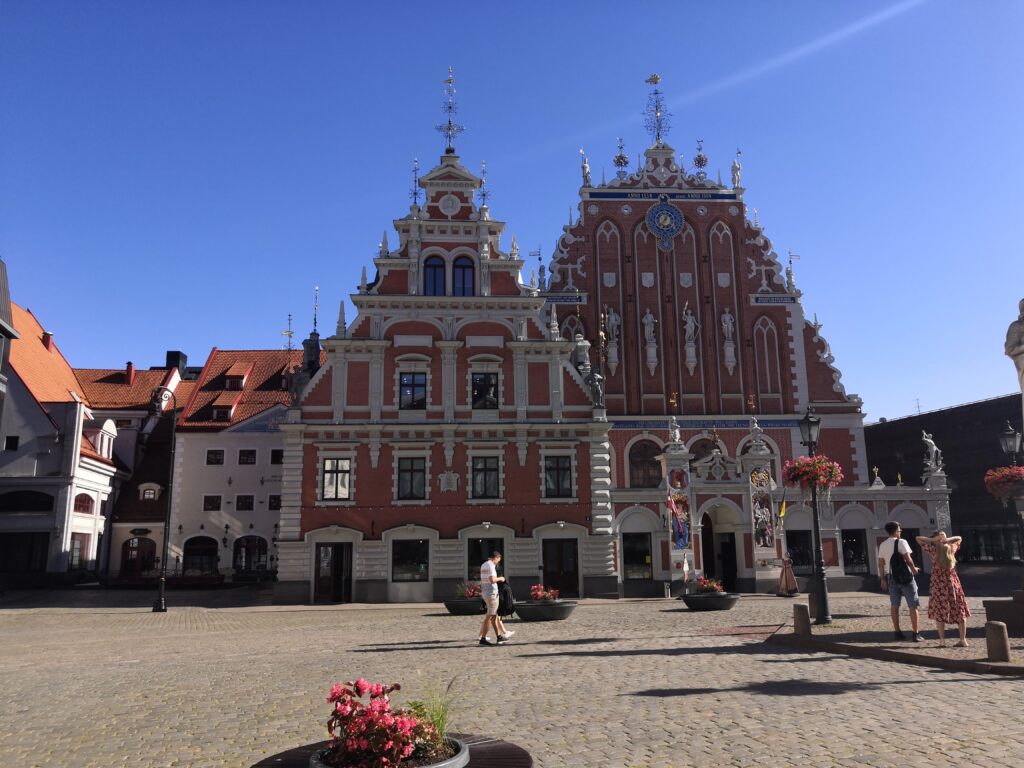
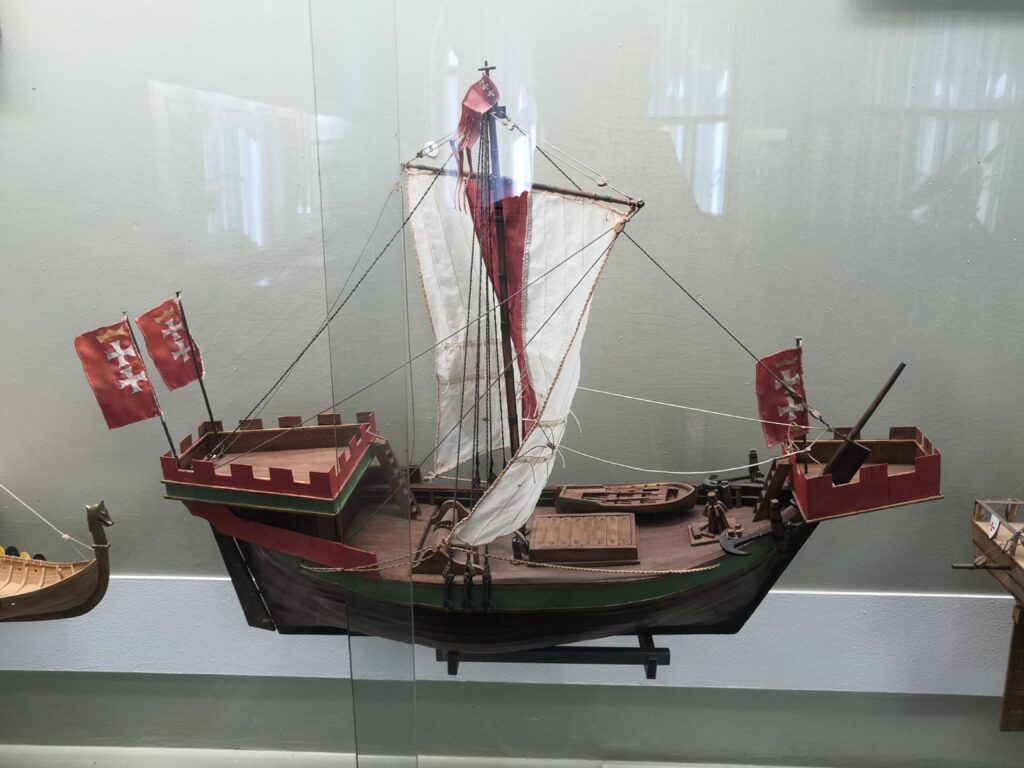
The Hanseatic league and their merchants did not only influence the cityscape with their guild houses and department stores but also influenced the present. By law it was not allowed to build higher buildings than the 3 church towers in the old town: This rule has been preserved in the historic centre until today. Riga is also still very closely connected to the Hanseatic League. There is a Lübeck hall in the rebuilt House of the Black Heads and even a real estate project has also appropriated the name “Hanza”.
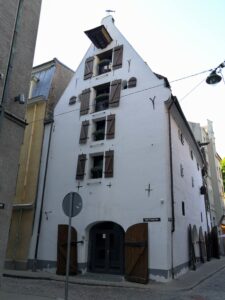
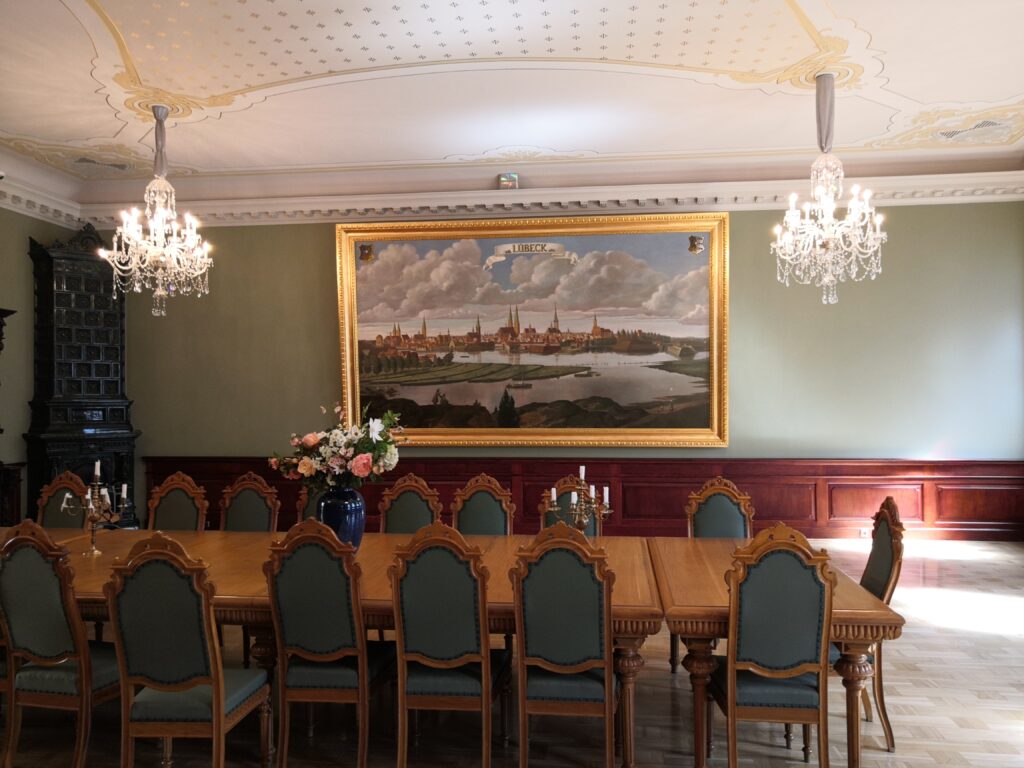
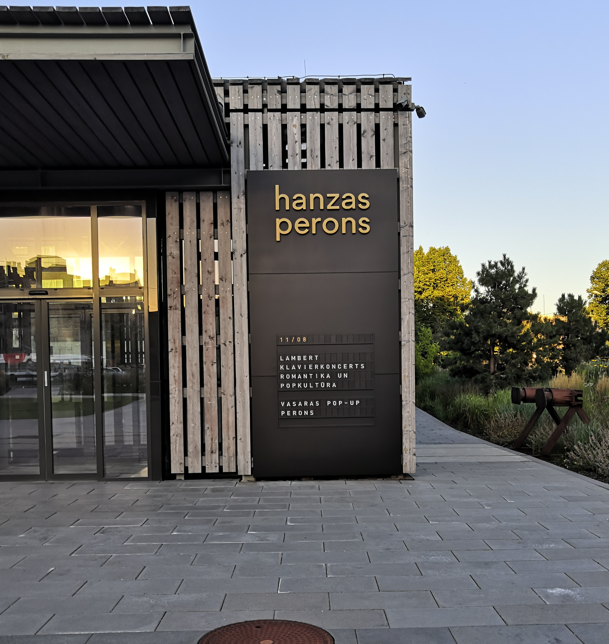
Day 3
To transport goods, the Hanseatic ships had to sail along the Daugava to the baltic sea. Today between baltic sea and the river Lielupe is the local recreation area of the inhabitants of Riga called Jurmala. The place is famous for its wooden houses in art nouveau style and was a popular tourist destination for Communist Party officials in former Soviet Union.
